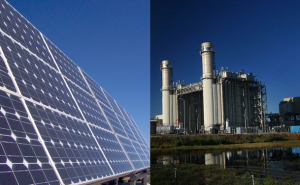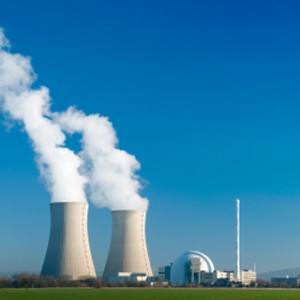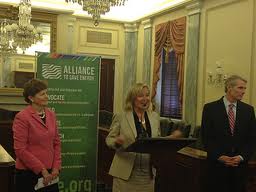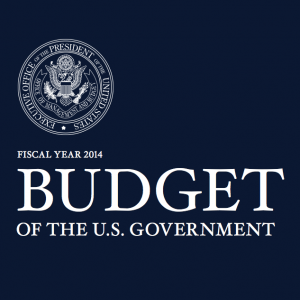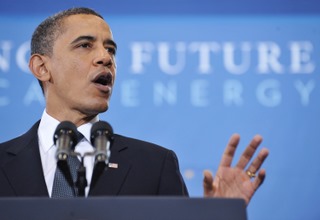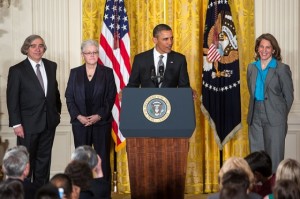30 item(s) were returned.
On April 30th, OurEnergyPolicy.org and The University of Texas at Austin co-hosted “American Perspectives on Energy Efficiency,” a panel discussion about energy efficiency at The National Press Club. The panel of thought-leaders provided insight into energy efficiency policy issues and explored the results of two recent sister surveys that reveal Americans’ and energy professionals’ perspectives on energy efficiency. Please see below for an abridged version of the transcript and a full video recording of the event. You can view or download the full transcript here. Opening remarks: Bill Squadron, President, OurEnergyPolicy.org Presentation of survey results: Sheril Kirshenbaum, Director of The… [more]
View InsightLead Communications Consultant
Duke Energy
The role of natural gas in a clean energy future has been widely debated due to concerns over life-cycle carbon emissions and perceptions that relying on natural gas as a “bridge fuel” is short-sighted and reduces investment in clean energy. A study published in the journal Science concluded methane leaks from the production and piping of natural gas were underestimated and could be large enough to undermine the carbon reduction benefits compared to coal. Recent utility developments have highlighted the competition between renewables and natural gas: Faced with a capacity shortage as a result of the retirement of the 2,200… [more]
View InsightPresident
Kadak Associates, Inc.
The availability of cheap natural gas in the United States has stalled the construction of new nuclear plants. While four new nuclear plants are under construction in the US, many of the proposed 15 – 20 new plants were put on “hold” pending either an increase in electricity demand or increase in the price of natural gas. However, nuclear remains the largest source of emissions-free power in the U.S. at 19% of total electricity generation. The question posed for this dialogue is whether there is a justifiable reason to build new nuclear plants to provide base load power, despite the… [more]
View InsightDirector, Stakeholder Relations/External Affairs
Brookhaven National Laboratory
Keystone XL has been called the world’s best known pipeline that has not been built. Controversy over the pipeline itself has largely subsided but this project linking the oil sands of Northern Alberta to the large refineries of the Gulf Coast has become a rallying point for an “off oil” campaign. A presidential permit for import facilities is the sole remaining requirement before construction can begin. KXL would be the 82nd major pipeline in the US, and is the safest and most technologically advanced. It would provide diluted bitumen from Alberta’s oil sands and Bakken crude from Montana and North Dakota to… [more]
View InsightThe new Secretary of Energy and MIT physicist, Ernest Moniz, has often cited nuclear power as an important means of developing a low-carbon future for America. Moniz has also advocated the use of natural gas for its economic, environmental and energy security benefits, as outlined in a report he authored while at MIT, “The Future of Natural Gas.” So what can we expect from the next Secretary of Energy? Throughout his confirmation process, which has taken place over the past six weeks, Secretary Moniz reiterated the need for an “all-of-the-above” strategy, while expressing his belief that the government is underinvesting… [more]
View InsightSenior Vice President of Policy & Research
Alliance to Save Energy
Senators Jeanne Shaheen (D-N.H.) and Rob Portman (R-Ohio) recently reintroduced the Energy Savings and Industrial Competitiveness Act (ESICA), S. 761. This bipartisan legislation will spur the use of energy efficiency technologies across residential, commercial and industrial sectors, while fostering job creation. Energy efficiency is the best way to address our energy needs, increase the competitiveness of our businesses and create sustainable jobs. ESICA is supported by over 200 entities, from industry to environmentalists, ranging from Dow Chemical to the Sierra Club. This broad support illustrates the value of identifying points of consensus and how energy efficiency is such an area… [more]
View InsightPresident Obama’s fiscal year 2014 budget, released April 10th, contains many of the energy initiatives previously outlined in his Energy Blueprint. Programs such as the Race to the Top energy efficiency challenge and the Energy Security Trust are included, along with slight adjustments to the enacted budgets of the primary agencies that shape energy policy – the Department of Energy, the Department of the Interior, and the Environmental Protection Agency. Specifically, the DOE budget would see total funding growth of 8%, with funding for energy efficiency and renewable energy increasing 40%. The DOI budget would increase 4%, and include an… [more]
View InsightAccording to The President’s energy blueprint, the Obama Administration is calling on Congress to establish a $2 billion Energy Security Trust to invest in breakthrough research into technologies, such as advanced electric vehicles, homegrown biofuels, fuel cells, and domestically produced natural gas. The funds would come from oil and gas royalty revenues generated from development in Federal waters off the Outer Continental Shelf (OCS). Other highlights of the blueprint include: Making the renewable energy Production Tax Credit permanent and refundable; A new $25 million prize for the first, natural gas combined cycle power plant to integrate carbon capture and storage;… [more]
View InsightPresident Obama has announced his choices to replace the outgoing energy and environment Cabinet members: Ernest Moniz, Director of the MIT Energy Initiative, has been nominated as Secretary of Energy; Gina McCarthy as head of the EPA, where she is currently the assistant administrator for air and radiation; and Sally Jewell, CEO of REI, for Interior Secretary. If confirmed, how would you expect these new officials to approach major policy issues from domestic oil and gas exploration to hydro-fracturing to climate change to nuclear energy, and more, both absolutely and in comparison to their predecessors? What would you recommend for… [more]
View InsightSequestration’s $85 billion automatic spending cuts began going into effect on Friday, but the timeline and full extent of the cut’s impacts are still somewhat vague. So what’s at stake for energy and environmental programs and the energy industry at large? Here’s what major department leaders have said about the likely effects of sequestration: In a letter to the Appropriations Committee, outgoing energy secretary Steven Chu highlighted a concern with the structure of the $2.4 billion in DOE budget cuts, explaining that “The effects of sequestration are particularly damaging because, by law, they apply equally to each program, project, and… [more]
View Insight